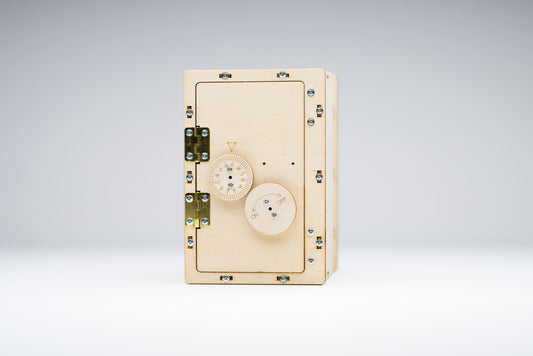In today's rapidly changing world, children need to develop a skill set that prepares them for future challenges. At the forefront of these skills is critical thinking, which enables kids to analyze situations, evaluate possible solutions, and adapt their approach when obstacles arise. One innovative and enjoyable way to cultivate this mindset is through STEM (Science, Technology, Engineering, and Mathematics) toys. These toys empower kids to build essential life skills through hands-on exploration. In this blog post, we'll explore how STEM toys teach children critical thinking and resilience, providing them with the tools for lifelong success.
1. Encouraging Problem-Solving Through Play
STEM toys present challenges that require children to think analytically. Whether they're building structures or programming robots, kids must assess the problem at hand and devise a solution. The nature of these projects encourages children to break down tasks into manageable steps and test different approaches. This iterative process teaches kids how to approach problems methodically and fosters patience.
2. Promoting Resilience in Learning
Failure is a natural part of learning, and STEM toys reinforce that message by presenting challenges that may not be solved on the first try. This trial-and-error approach encourages children to remain resilient, learn from their mistakes, and persist until they find the correct solution. By understanding that failure is simply a step toward improvement, children develop a growth mindset that will serve them well in academia and beyond.
3. Fostering Creativity and Innovation
While STEM toys are rooted in technical concepts, they also require creativity. Projects that involve building, coding, or designing provide children with a broad framework, allowing them to innovate within their parameters. Kids can modify designs, explore new configurations, or invent novel solutions to problems, helping them see how creativity complements technical thinking.
4. Enhancing Collaboration and Communication Skills
Many STEM projects benefit from teamwork, encouraging children to share ideas and work together to achieve common goals. This collaborative environment helps kids build communication skills, learn to appreciate diverse perspectives, and delegate responsibilities effectively. These collaborative skills are essential in any field, making them valuable assets for the future.
5. Connecting Learning to Real-World Applications
STEM toys often simulate real-world challenges and applications, making them highly relevant. Whether constructing simple machines or learning the basics of coding, children can see the practical implications of their newfound knowledge. This real-world context makes learning engaging and reinforces the value of critical thinking in everyday situations.
6. Creating a Supportive Environment
While STEM toys offer significant educational value, a supportive environment is equally crucial. Parents and educators should encourage children to explore freely, provide guidance when needed, and celebrate successes. Offering a space where children feel safe to experiment will help them build confidence and take greater ownership of their learning.
Conclusion
STEM toys provide an excellent platform for teaching kids critical thinking and resilience. By presenting challenges that require analysis, creativity, and persistence, these toys prepare children for an uncertain future with confidence and enthusiasm. Investing in hands-on STEM experiences today will help nurture tomorrow's problem solvers, enabling them to face challenges with ingenuity and determination. So, empower your child with the tools to think critically and tackle problems head-on by incorporating STEM toys into their playtime.




